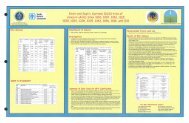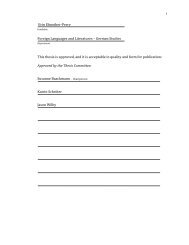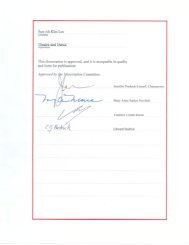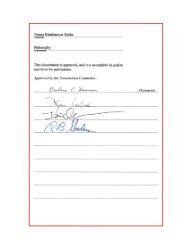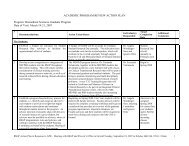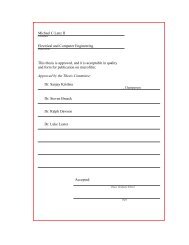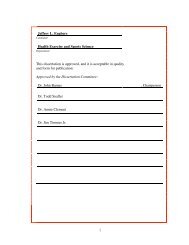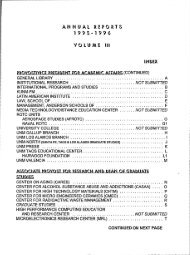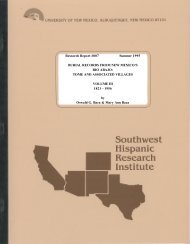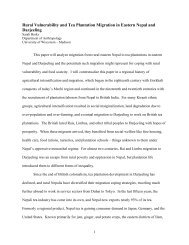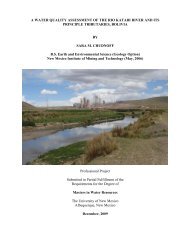Anil Reddy Geeda Electrical and Computer Engineering This thesis ...
Anil Reddy Geeda Electrical and Computer Engineering This thesis ...
Anil Reddy Geeda Electrical and Computer Engineering This thesis ...
Create successful ePaper yourself
Turn your PDF publications into a flip-book with our unique Google optimized e-Paper software.
The underlying assumption is that consistent brain responses exist that are phase locked<br />
to a specific event (presentation of a stimulus or motor action).<br />
The magnitude of event-related EEG responses is often several factors smaller than the<br />
magnitude of the background ongoing EEG. Therefore, the identification <strong>and</strong><br />
characterization of these event-related brain responses rely on signal-processing methods<br />
for enhancing their signal-to-noise ratio. All these methods require repeating the event of<br />
interest a given number of times. The scalp EEG recording is then segmented into<br />
epochs, centered around each single event, <strong>and</strong> all epochs are averaged into a single<br />
waveform (time-domain averaging) [12] <strong>and</strong> [13]. The obtained waveform expresses the<br />
average scalp potential as a function of time relative to the onset of the event.<br />
For each condition, stimulation codes from the raw data are detected. Epochs of each<br />
stimulus condition are identified <strong>and</strong> indexes of the beginning of each epoch are found.<br />
The mean of each epoch is removed <strong>and</strong> normalized with the st<strong>and</strong>ard deviation to make<br />
variance the same. Then all epochs are merged together for the same stimulation code to<br />
include all data from one condition in one continuous trial for each channel.<br />
In this approach of estimating coherence by the procedure of merging epochs, coherence<br />
analysis was performed for evoked data on one epoch of each stimulation code which is<br />
achieved by merging all the epochs <strong>and</strong> by performing statistical analysis on this epoch.<br />
The amount of phase stability or phase jitter between two different time series is<br />
coherence. For two given signals, if the phase difference between them is constant then<br />
the coherence is equal to 1, if the phase difference between them is not constant <strong>and</strong><br />
varies continuously, then the coherence between them is 0.<br />
17




